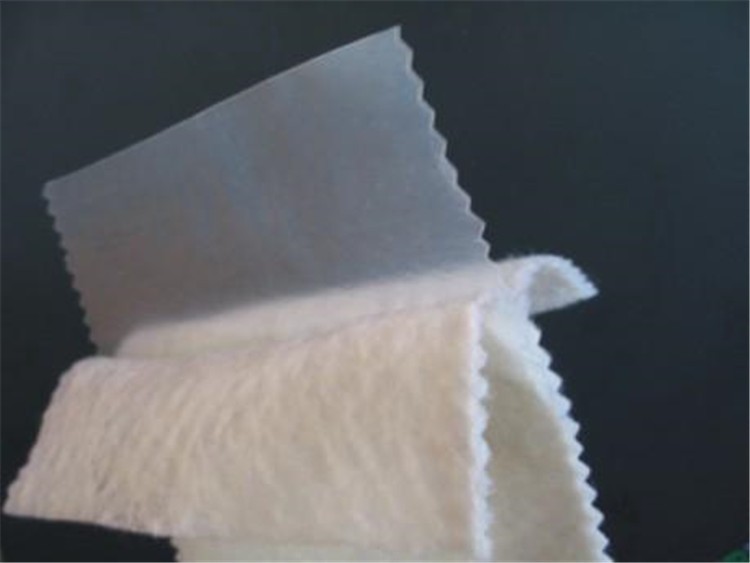What is a composite geomembrane?
What is a composite geomembrane?
Composite geomembranes are synthetic engineering materials used for impermeability and separation.
Bonding geomembranes and geotextiles to them through methods such as heat sealing or adhesive bonding.
You can visualize it as a “sandwich” structure:
Core Layer (“Filling”): A layer of geomembrane (typically HDPE, or high-density polyethylene membrane).
This layer is extremely dense and nearly impermeable, serving as the key component for waterproofing.
Protective Layers (“Bread Slices”): Geotextile fabric (usually nonwoven) applied on both sides (or one side).
This layer has a loose structure, primarily providing protection, drainage, and reinforcement.
Detailed Components and Functions
1. Geomembrane
Material: Primarily HDPE, though LLDPE and PVC are also used.
Function: Provides the core impermeable barrier. Its extremely low permeability coefficient (less than 10⁻¹³ m/s) effectively prevents the migration of water, gases, and contaminants.
2. Geotextile
Material: Primarily nonwoven fabric made from polyester (PET) or polypropylene (PP).
Functions:
Protection: Prevents punctures or abrasions to the geomembrane from surrounding materials.
Drainage/Gas Permeability: Allows drainage of water and gases, eliminating hydrostatic pressure to prevent membrane uplift.
Reinforcement: Enhances tensile strength and stability with soil, preventing slope failure.
Stress Distribution: Disperses concentrated stresses, reducing damage to the membrane.
Looking forward to your require.





